Spectrum Summary: The Lal Bahadur Shastri Years (June 1964–January 1966) | History for UPSC CSE PDF Download
Introduction
After Jawaharlal Nehru passed away in 1964, there were concerns about potential political turmoil in India . However, these fears proved to be unfounded. The transition of power was remarkably smooth, with Gulzarilal Nanda serving as the interim prime minister until a new leader was elected from the Congress party . The presence of robust democratic institutions and a clear succession protocol was crucial for this seamless transition. While neighbouring countries were grappling with instability, Lal Bahadur Shastri succeeded Nehru and maintained India’s reputation as a stable democracy, contrasting sharply with the coups and military takeovers occurring in the region at that time.
The Lal Bahadur Shastri Years
The period from June 1964 to January 1966, known as "The Lal Bahadur Shastri Years," was a crucial phase in Indian history. Following Nehru's death, the transition of power was smooth, leading to Shastri taking the helm. During his tenure, significant events unfolded, including:
- The Second Indo-Pakistan War in 1965
- The subsequent Tashkent Declaration in 1966
This era highlighted Shastri’s impactful leadership, economic reforms, and diplomatic initiatives that significantly shaped India's future. Despite facing challenges, Shastri's administration exemplified:
- Resilience
- Decisiveness
- A commitment to both domestic development and international diplomacy
Introduction
The period from June 1964 to January 1966, known as "The Lal Bahadur Shastri Years," was a significant time in India's history. After the death of Prime Minister Jawaharlal Nehru, the transition of power was smooth, leading to Lal Bahadur Shastri taking over as leader. Shastri's time in office included important events such as the Indo-Pak War of 1965 and the Tashkent Declaration, which was signed on January 10, 1966, after the war ended. This period was characterised by Shastri’s vibrant leadership, substantial economic reforms, and effective diplomatic actions that influenced India's future. Despite facing challenges, Shastri's administration demonstrated strength, decisiveness, and a dedication to both domestic growth and international relations.
Succession of Leadership
- The Syndicate formed by the Congress played a key role in determining the successor after Jawaharlal Nehru.
- The candidates for the prime ministerial role included:
- Morarji Desai - known for his experience but seen as conservative.
- Lal Bahadur Shastri - a gentle and adaptable leader with integrity.
- Eventually, Shastri was selected as the prime minister since Desai chose not to stand for election.
Lal Bahadur Shastri
After Jawaharlal Nehru died in 1963, the Congress Syndicate, led by K. Kamaraj , had to choose a new leader. The main candidates were Morarji Desai , who was experienced but considered conservative, and Lal Bahadur Shastri , known for his kindness and integrity. Ultimately, Shastri was chosen when Desai decided not to run.
Early Life
- Lal Bahadur Shastri was born on October 2, 1904 , in Uttar Pradesh , and he strongly opposed the caste system.
- He earned the title 'Shastri' after completing his studies at Kashi Vidyapeeth in 1928 .
- When he married Lalita Devi in 1928 , he demonstrated his opposition to dowry by accepting only five yards of khadi and a spinning wheel as part of the marriage.
Political Journey after Independence
- Lal Bahadur Shastri actively participated in various freedom movements and was arrested during the Non-Cooperation Movement in 1921 .
- He played a crucial role in significant movements such as the Salt Satyagraha , individual satyagraha, and the Quit India Movement .
- In 1937 , he was elected to the Legislative Assembly of the United Provinces .
- After India gained independence, he served as a minister in Uttar Pradesh , overseeing the Police and Transport departments.
- In 1951 , he was appointed General Secretary of the All India Congress Committee and later nominated to the Rajya Sabha .
- Shastri resigned as Railways Minister in 1956 , taking moral responsibility for a rail accident, but returned to the cabinet as Home Minister in 1961 .
- He played a key role in establishing the Committee on Prevention of Corruption , which contributed to the formation of the Central Vigilance Commission .
Following his early life, Shastri's political journey was marked by...
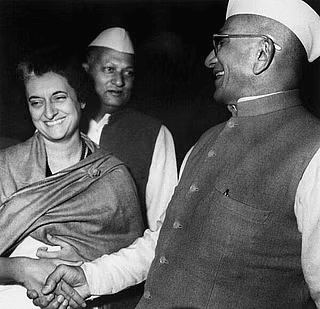
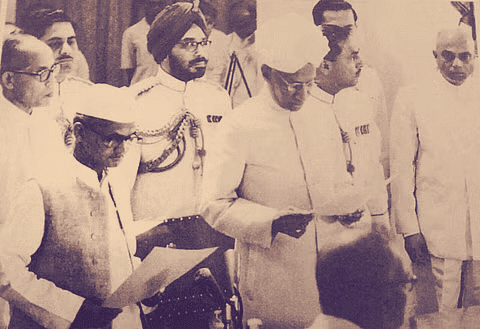
Prime Minister: Continuing Nehru’s Legacy but with Change
- Lal Bahadur Shastri was sworn in as the second Prime Minister on June 9, 1964. Initially, he kept the roles of External Affairs and Atomic Energy for himself.
- Later, he appointed Swaran Singh as the External Affairs Minister .
- In his first broadcast, Shastri shared his vision for a socialist democracy focused on freedom, prosperity, and global peace.
- A committed secularist , Shastri emphasized India's diversity and the importance of allowing everyone to practice their religion freely.
- He retained key ministers from Nehru's cabinet and appointed Indira Gandhi as the Information and Broadcasting Minister .
- Although he respected Nehru, Shastri modified policies to reflect his vision.
- He established the Prime Minister’s Secretariat , appointing L.K. Jha as the first secretary.
Challenges
- In 1965, Shastri faced significant protests in non-Hindi speaking states, particularly in Madras (now Tamil Nadu ), against the potential enforcement of Hindi.
- He successfully resolved the crisis by promising that English would remain the official language as long as non-Hindi speaking states wanted it.
- Lal Bahadur Shastri's brief tenure as Prime Minister was marked by strong leadership and a clear vision.
- He effectively addressed challenges and demonstrated resilience, despite perceptions about his physical stature.
- Shastri maintained the continuity of Nehru’s policies while introducing changes that reflected his own style and outlook.
Economic Ideas
- Shastri focused on developing a robust economy to support the nation’s growth.
- He encouraged policies aimed at improving agricultural productivity.
- Shastri promoted industrial growth to create jobs and boost the economy.
A Pioneer of Economic Reform
- Decentralization: Shastri aimed to decentralize governance by transferring decision-making power from the Planning Commission to the relevant ministries.
- National Planning Council: He made efforts to reduce the influence of the Planning Commission in the planning process.
- Relaxation of Regulations: In 1965, Shastri announced a review of government controls, leading to relaxations in sectors such as steel and cement.
- Economic Team: Shastri's team, including L.K. Jha and I.G. Patel, focused on modernizing agriculture and allowing greater freedom for the private sector.
- Devaluation of the Rupee: Shastri laid the groundwork for economic reforms, which included the devaluation of the rupee.
The Initiation of the Green Revolution and White Revolution
- Food Shortage Crisis: Shastri appointed C. Subramaniam to address the food shortage crisis during his tenure.
Chidambaram Subramaniam
- Green Revolution: Shastri supported the foundation of the Green Revolution, overcoming opposition and initiating the import of wheat seeds in 1965.
M.S. Swaminathan (Father of the Green Revolution)
- Incentives: The establishment of the Agricultural Prices Commission and Food Corporation of India to support new agricultural technologies.
- White Revolution: Following the Green Revolution, Shastri also focused on improving dairy production, leading to the creation of the National Dairy Development Board in 1965.
Dr. Verghese Kurien (Father of White Revolution)
- Skip a Meal Idea: During the 1965 War, Shastri encouraged citizens to voluntarily skip one meal a week to assist food distribution, resisting US pressure.
New Institutions and Projects
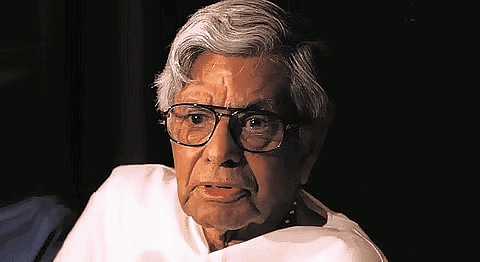
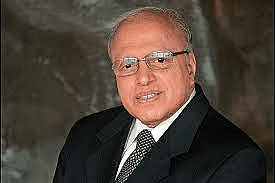
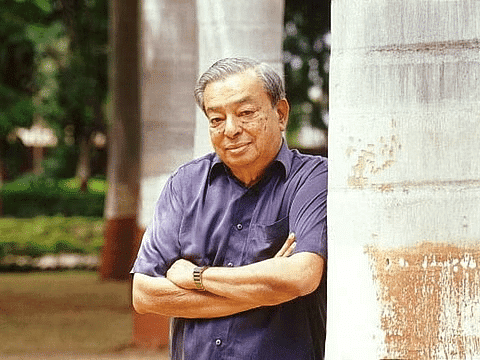
Inauguration of Various Institutions by Lal Bahadur Shastri
- Shastri inaugurated several important institutions, including the Central Institute of Technology , Andhra Pradesh Agricultural University , and the National Institute of Technology .
- Port Infrastructure : He played a significant role in inaugurating the Jawahar Dock and initiated construction at Tuticorin Port .
- Upper Krishna Project : Shastri laid the foundation stone for this project, which included the Alamatti Dam .
Foreign Relations
Non-Alignment Policy
- No Fundamental Changes: Lal Bahadur Shastri maintained India's non-alignment policy but increased the defense budget due to concerns about China.
- Closer Ties with the Soviet Union: Shastri aimed to strengthen relations with the Soviet Union during his tenure.
Diplomacy with Neighboring States
- Bandaranaike-Shastri Accord: Shastri addressed issues with Ceylon (Sri Lanka) through this accord, although it faced challenges after his death.
- Relations with Burma: Shastri's visit to Rangoon in 1965 helped reestablish cordial relations with Burma (Myanmar) following the military coup in 1962.
The Indo-Pak War
- In 1958, General Mohammad Ayub Khan took control of Pakistan through a military coup, with substantial military support from the United States .
- The aftermath of the 1962 Sino-Indian War left India and its armed forces demoralized for various reasons.
- In April 1965, Pakistan tested the situation in Sindh , leading to initial clashes in the Rann of Kachchh .
- A ceasefire was mediated by Britain after these clashes, resulting in the withdrawal of forces.
- In August 1965, Ayub Khan, encouraged by Foreign Minister Zulfikar Bhutto , launched 'Operation Grandslam' in Kashmir to exploit regional unrest.
- Indian Prime Minister Lal Bahadur Shastri rejected Pakistan's claim of a spontaneous uprising and ordered the Indian Army to cross the ceasefire line in response.
- In September 1965, Indian forces launched a three-pronged attack, targeting Lahore and Sialkot in Punjab.
- The United Nations intervened, leading to a ceasefire agreement on September 23 .
- Prime Minister Shastri was also photographed with army officers atop a captured Pakistani tank during this period.
Peace Agreement at Tashkent
The Peace Agreement at Tashkent marked the end of the Indo-Pak War of 1965. The agreement was signed on January 10, 1966, in Tashkent, Uzbekistan, under the mediation of the Soviet Premier Alexei Kosygin .
Key points of the agreement included:
- The restoration of the status quo along the international border between India and Pakistan.
- The withdrawal of forces to pre-war positions.
- The commitment to resolve disputes through peaceful means.
- The agreement aimed to promote peace and stability in the region following the conflict.
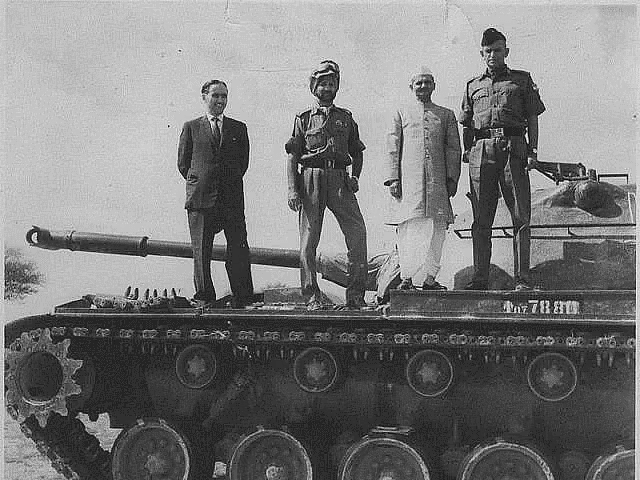
A South Asian Peace Conference in Tashkent
- In January 1966, a peace conference for South Asia was held in Tashkent, organized by Soviet President Alexei Kosygin .
- Alexei Kosygin 's mediation led to the signing of the Tashkent Declaration on January 10, 1966, between President Ayub Khan of Pakistan and Prime Minister Lal Bahadur Shastri of India.
- The declaration aimed to restore normal and peaceful relations between India and Pakistan and to promote understanding and friendly relations between their peoples.
- Soviet leaders played a role in drafting the agreement.
- The agreement faced criticism, especially in India, for lacking a no-war pact and for not addressing Pakistan's guerrilla activities in Kashmir .
- In Pakistan, there were protests and riots, and Zulfikar Bhutto distanced himself from Ayub Khan and the Tashkent Pact, eventually founding his own political party.
- Key figures in the conference included Ayub Khan , Lal Bahadur Shastri , and Premier Alexei Kosygin .
Shastri’s Death
- Lal Bahadur Shastri passed away from a heart attack on January 11, 1966.
- His death was surrounded by controversies and suspicions, including claims of poisoning.
- There were suspicions about the involvement of the Central Intelligence Agency (CIA) of the USA, reflecting Western concerns regarding India's nuclear ambitions and potential changes in the power balance in South Asia.
- In addition to Shastri's sudden death, the demise of Dr. Homi Bhabha in an air crash also raised fears of external interference.
- The death of Dr. Homi Bhabha, known as the father of India's nuclear programme, further stirred speculation about possible external meddling.
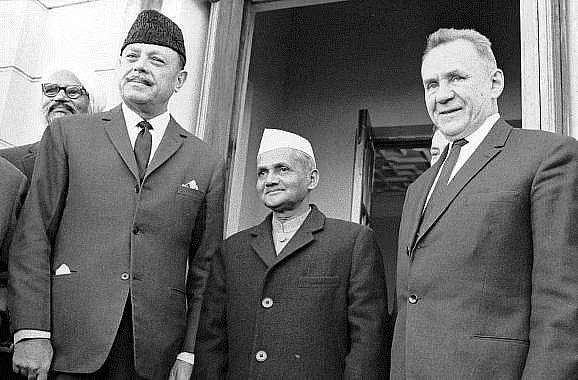

The Tashkent Declaration
- Good Neighborly Relations: India and Pakistan commit to fostering friendly relations in accordance with the United Nations Charter, emphasizing the use of peaceful methods for conflict resolution and the avoidance of force.
- Ceasefire and Withdrawal: Armed forces from both countries will withdraw to their positions as of August 5, 1965, by February 25, 1966, and will adhere to ceasefire agreements along the designated ceasefire line.
- Non-interference Principle: India and Pakistan will respect the principle of non-interference in each other's domestic affairs.
- Propaganda Discouragement: Both nations commit to discouraging negative propaganda against each other and promoting messages that foster friendly relations.
- Diplomatic Measures: The High Commissioners of India in Pakistan and of Pakistan in India will resume their posts, and both countries will restore normal operations of their diplomatic missions in line with the Vienna Convention of 1961 on Diplomatic Intercourse.
- Economic and Trade Relations: Efforts will be made to revive economic and trade relations, as well as communications and cultural exchanges, while implementing existing agreements between the two countries.
- Repatriation of Prisoners of War: Instructions will be issued regarding the repatriation of prisoners of war.
- Addressing Ongoing Issues: Both nations will continue discussions on issues such as refugees, evictions, illegal immigration, preventing mass departures of people, and the return of property and assets taken during the conflict.
- Joint Bodies for Ongoing Dialogue: India and Pakistan agree to establish joint bodies for ongoing dialogue, which will report to their respective governments and determine further actions towards achieving lasting peace.
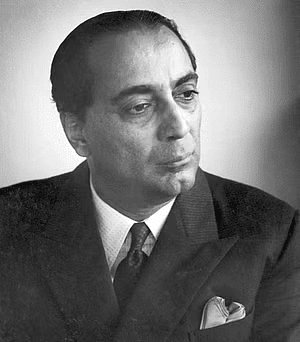
Introduction
Lal Bahadur Shastri was the Prime Minister of India from June 1964 until his death in January 1966. His time in office was marked by significant events and policies that had a lasting impact on the country.
Here are some key points about Shastri's contributions and the context of his leadership:
- Indo-Pak War of 1965: One of the most critical events during Shastri's premiership was the Indo-Pak War in 1965. This conflict was primarily over the Kashmir region, which has been a longstanding dispute between India and Pakistan. Shastri's leadership during this time was pivotal. He made crucial decisions that not only defended India's territorial integrity but also boosted national morale. His famous slogan, "Jai Jawan Jai Kisan" (Hail the Soldier, Hail the Farmer), encapsulated the spirit of unity and resilience he fostered during the war.
- Economic Policies: Shastri's tenure also laid the groundwork for significant agricultural reforms, including the Green Revolution and the White Revolution. The Green Revolution refers to the period when agriculture in India was transformed through the adoption of high-yielding variety (HYV) seeds, improved irrigation practices, and the use of fertilizers and pesticides. This led to a substantial increase in food production, making India self-sufficient in food grains. The White Revolution , initiated later, aimed at increasing milk production and making India one of the largest producers of milk and dairy products in the world. Shastri's government set the stage for these transformative initiatives, which have had a profound impact on India's economy and food security.
- Tashkent Declaration: After the 1965 war, Shastri signed the Tashkent Declaration with Pakistan, mediated by the Soviet Union. This agreement aimed at restoring economic and diplomatic relations between the two countries. It showcased Shastri's commitment to peace and stability in the region, despite the ongoing tensions. The declaration was a significant step towards normalizing relations between India and Pakistan post-war.
- Legacy: Shastri's time as Prime Minister was cut short by his sudden death in January 1966. However, his legacy is remembered for its resilience and vision. He is often credited with strengthening India's position both domestically and internationally during a challenging period. His contributions, particularly in agriculture and national security, have had a lasting impact on India's development trajectory.
In summary, Lal Bahadur Shastri's leadership during the Indo-Pak War, his focus on economic reforms, and his commitment to peace through the Tashkent Declaration were significant aspects of his premiership. Despite his brief time in office, his impact on India’s political and economic landscape is still recognized and appreciated today.
|
216 videos|855 docs|219 tests
|
FAQs on Spectrum Summary: The Lal Bahadur Shastri Years (June 1964–January 1966) - History for UPSC CSE
| 1. Who was Lal Bahadur Shastri and what was his role during his tenure as Prime Minister? |  |
| 2. What were Lal Bahadur Shastri's economic ideas? |  |
| 3. How did Lal Bahadur Shastri handle foreign relations during his tenure? |  |
| 4. What was the Indo-Pak War and how did Lal Bahadur Shastri handle it? |  |
| 5. What was the Tashkent Declaration and its significance during Lal Bahadur Shastri's tenure? |  |
















